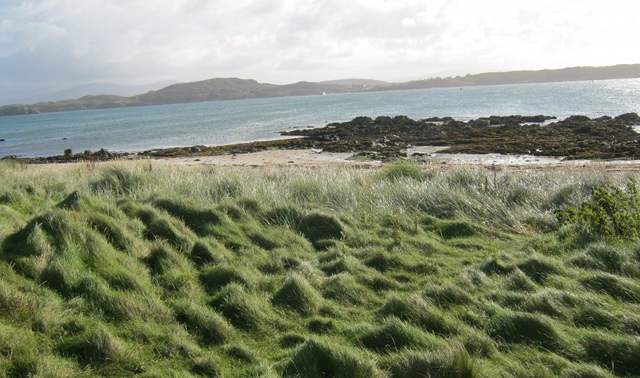 Last week I travelled from Bristol to Penzance by train and it reminded me why journeys are so good for writers.
Last week I travelled from Bristol to Penzance by train and it reminded me why journeys are so good for writers.
In part, yes, it’s about seeing new things, meeting new people, being open to new experiences, but equally valuable is the power of the journey itself.
For starters, providing you’re not controlling whatever vehicle you choose to travel by, getting from A to B invariably carves out a space of precious time, which can be filled by putting pen to paper or finger to laptop key.
